Lately, I’ve been going
bread crazy. There’s so much to learn and savor where bread culture is concerned. The panettone is of utmost importance during Christmas for those that celebrate, and don’t get me going on babka—especially the chocolate kind—with all of its nooks and crannies, tender crumb, and just downright amazing flavor. Now with Lent upon us, I’ve landed in Ukraine, where paska is an important staple during this religious period. Unfamiliar with this classic bread? Keep reading on for everything you need to know:
What is paska?
Paska stems from a line of bread that’s similar to brioche. It’s an enriched yeast bread made with butter, eggs and egg yolks, milk, and sugar. It’s heavy and delightful, the exact thing you want to wake up to in the morning and smear butter all over. It might be tall or short and stout with braids or other symbolic ornaments molded on top. People bring their paska to Easter mass for a blessing before anyone can try to devour them.
The difference between Ukrainian paska and babka:
These two Ukrainian loaves of bread seem to be interchangeable, but there are slight differences. The paska is typically shorter, round, and has braids or other shapes on top. A simple egg wash will give it a beautiful sheen. Ukrainian babka is like panettone because it’s tall, domed, speckled with fruit and sometimes citrus flavoring, and glazed with a colorful dash of sprinkles.
How to make the best paska bread:
— The yeast. Using instant yeast instead of active yeast eliminates the blooming step. Your bread will rise just fine.
— How long to bake your bread. Bake the bread at 375° for the first 10 to 15 minutes initially to establish color. Then reduce the temperature to 350° and bake for the remaining time. Make sure the bread is at least 190° internally.
— Serving paska bread. Let cool a little bit, but slice into it when it’s still slightly warm—that’s when it’s the BEST experience. Toasting with a little butter will add layers of joy.
Storage:
Store the bread at room temperature wrapped in plastic or foil for up to 3 days.
Did you try making this bread? Let us know how it went in the comments!



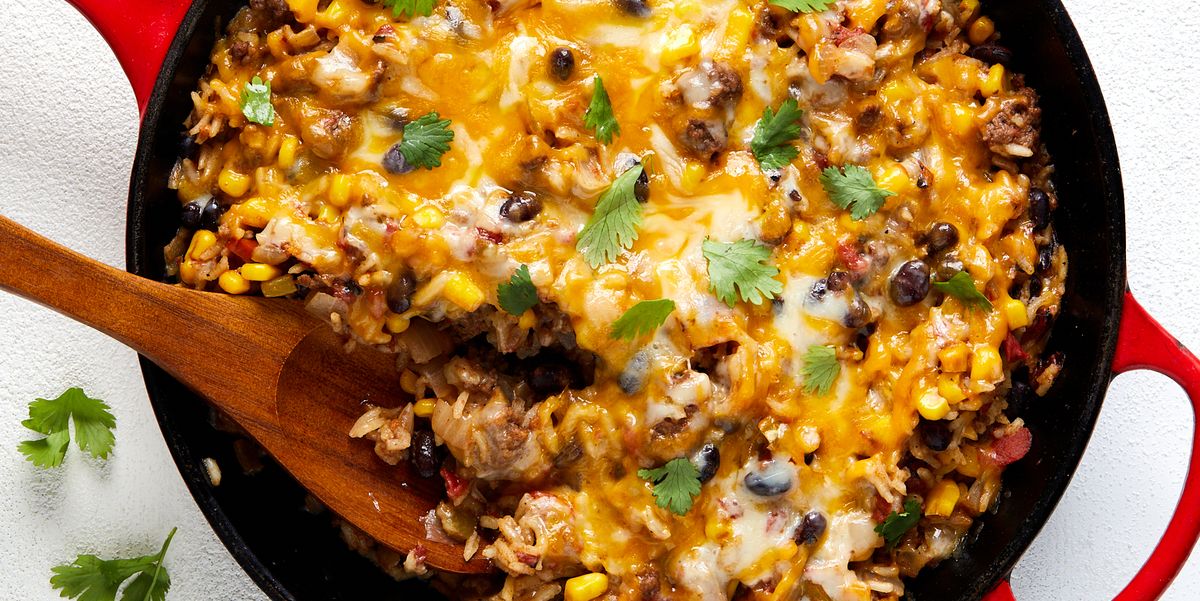
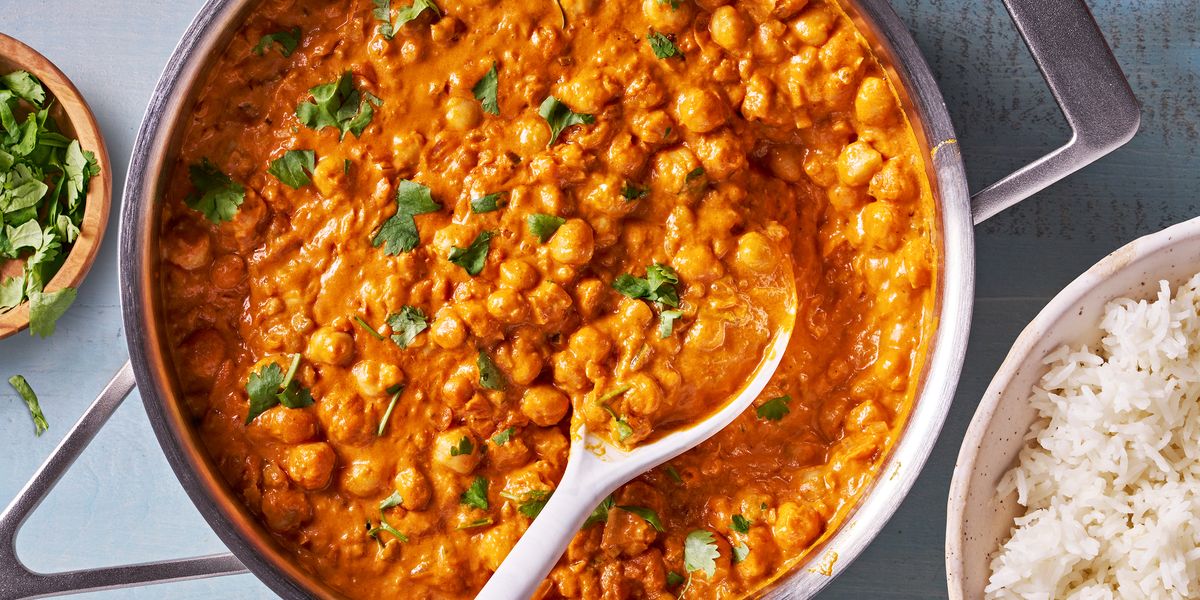
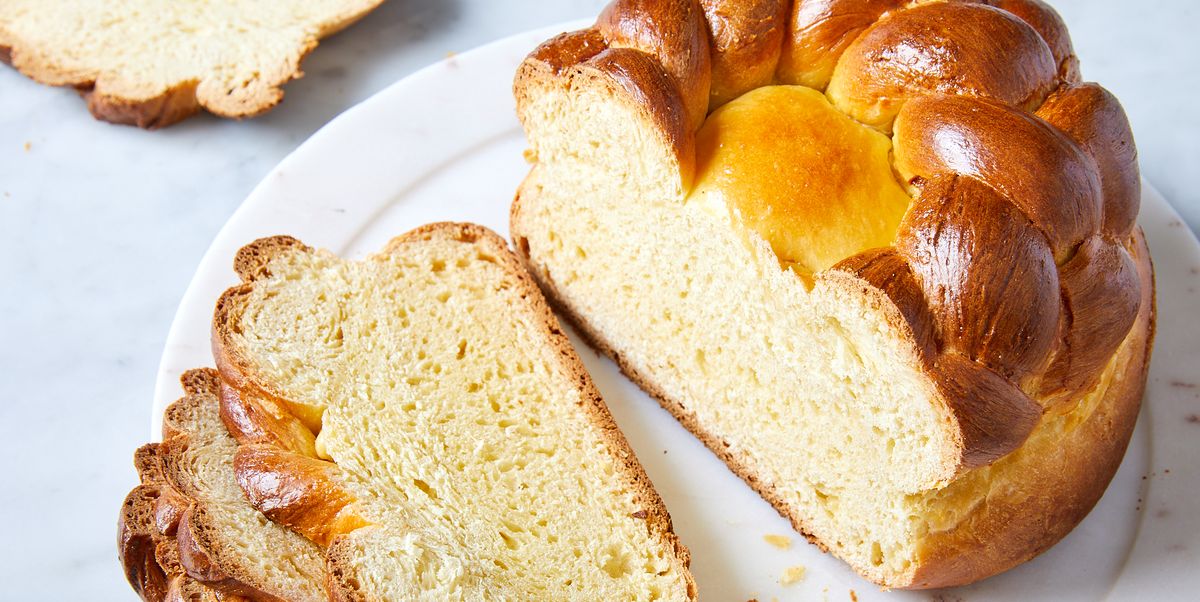






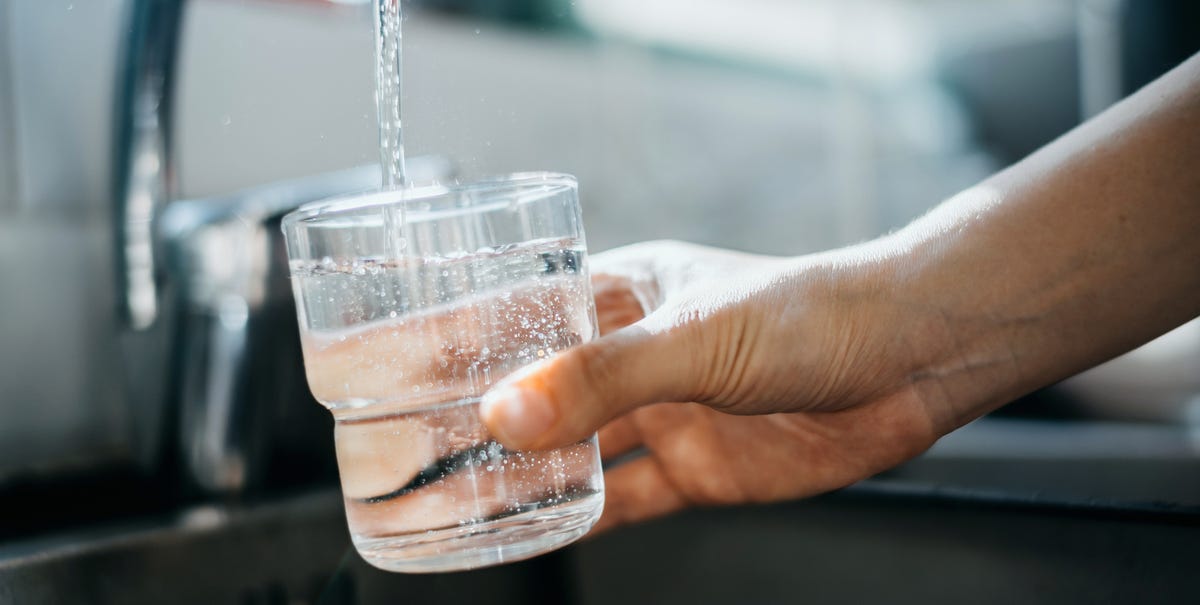

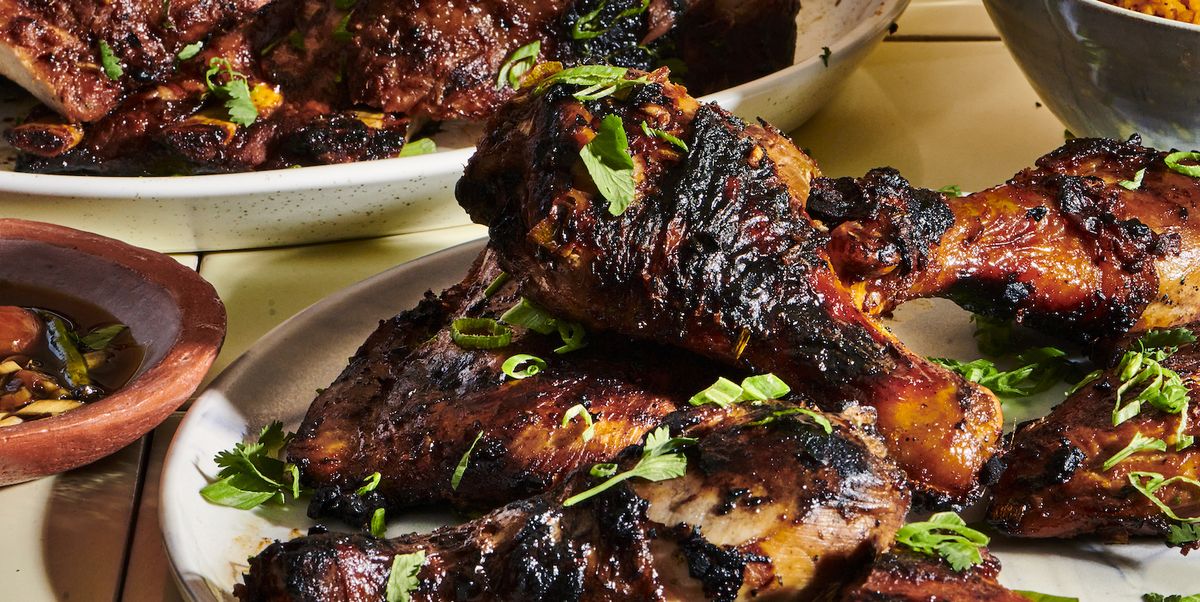
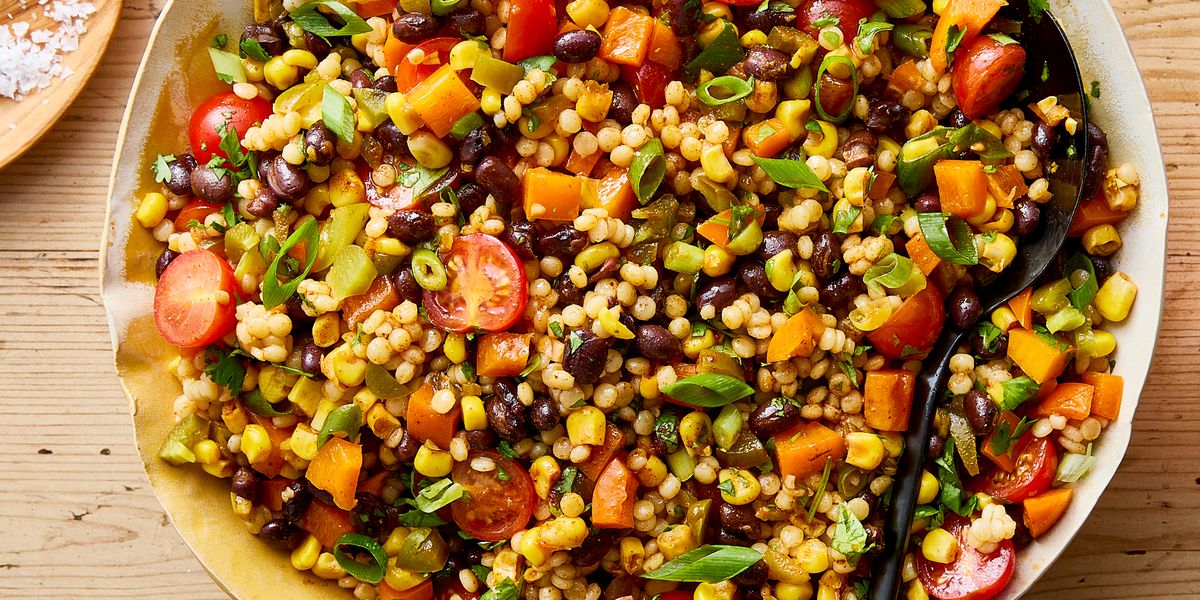
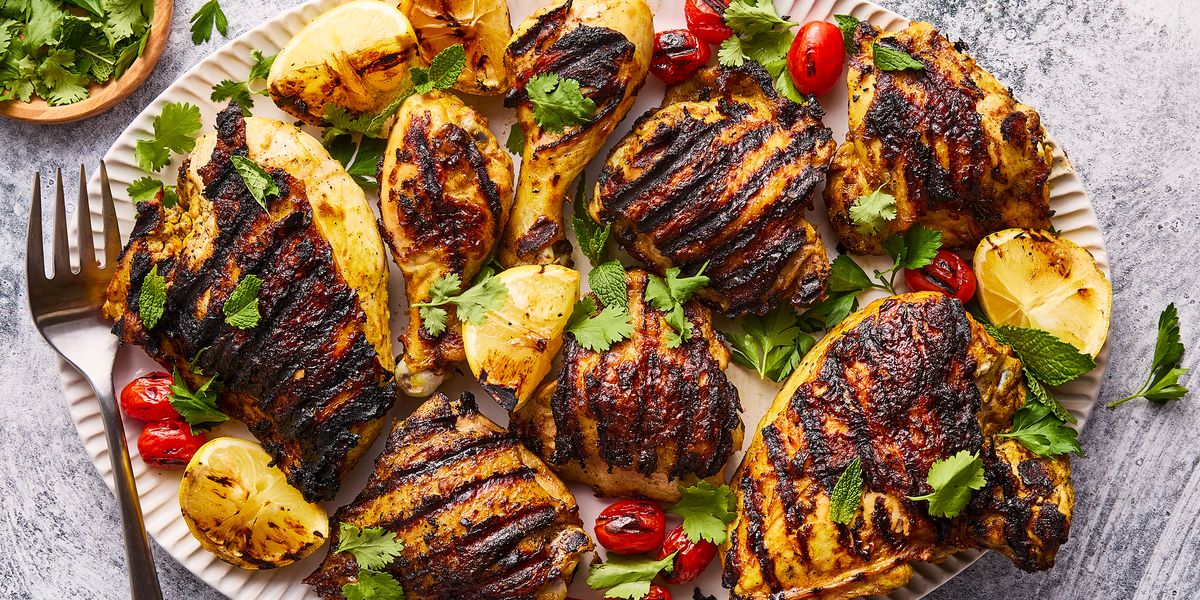


Leave a Reply